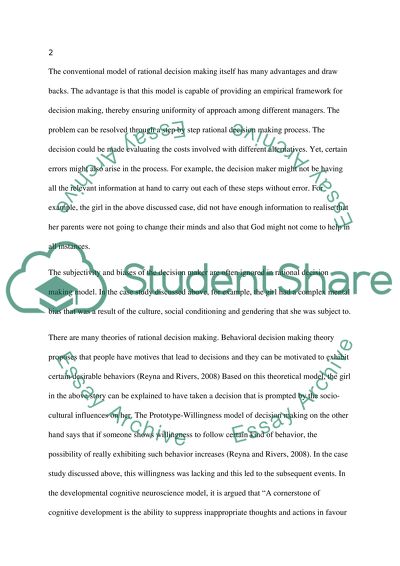Cite this document
(“Individual Viva Voce Coursework Example | Topics and Well Written Essays - 1750 words”, n.d.)
Retrieved from https://studentshare.org/psychology/1470233-individual-viva-voce
Retrieved from https://studentshare.org/psychology/1470233-individual-viva-voce
(Individual Viva Voce Coursework Example | Topics and Well Written Essays - 1750 Words)
https://studentshare.org/psychology/1470233-individual-viva-voce.
https://studentshare.org/psychology/1470233-individual-viva-voce.
“Individual Viva Voce Coursework Example | Topics and Well Written Essays - 1750 Words”, n.d. https://studentshare.org/psychology/1470233-individual-viva-voce.


